Parasitology E1 types of questions
1/51
There's no tags or description
Looks like no tags are added yet.
Name | Mastery | Learn | Test | Matching | Spaced |
|---|
No study sessions yet.
52 Terms
What part of apicomplexans helps them penetrate the host cell
apical complex
what is the vector for malaria
anopheles quadrimaculatus
name the four species of Plasmodium
P. vivax
P. malariae
P. falciparum
P. ovale
what is the first step in the malarial life cycle
female takes a blood meal
Salivarian transmission of sporozoites
what is the second step in the malarial life cycle
Sporozoites move to the liver (liver cells)
The sporozoites multiply asexually in the liver cells over the next 7 to 10 days, causing no symptoms.
what is the third step of the malarial life cycle
In the bloodstream, the merozoites invade red blood cells (erythrocytes) and multiply again until the cells burst. Then they invade more erythrocytes. This cycle is repeated, causing fever each time parasites break free and invade blood cells.
What is the fourth step of the malarial life cycle
merozoites in these cells develop into sexual forms of the parasite, called gametocytes, that circulate in the blood stream.
what is the fifth step of the malarial life cycle
When a mosquito bites an infected human, it ingests the gametocytes, which develop further into mature sex cells called gametes (micro and macro)
The fertilized female gametes develop into actively moving ookinetes that burrow through the mosquito’s midgut wall and form oocysts on the exterior surface.
what is the sixth step of the malarial life cycle
Inside the oocyst, thousands of active sporozoites develop. The oocyst eventually bursts, releasing sporozoites into the body cavity that travel to the mosquito’s salivary glands.
The cycle of human infection begins again when the mosquito bites another person.
Where is P. vivax found (geographically)
temperate locations
asia
africa
Where is P. malariae found (geographically)
rare and localized
villages
Where is P. falciparum found (geographically)
tropical locations
Where is P. ovale found (geographically)
very rare
africa
philippines
india
S america
vietnam
What cells are Plasmodium found in (human)
RBC
When in host cells, Plasmodium usually produce a pigment called —— from host ——-
hemozoin, hemoglobin
what is the definition of a paroxysm?, why do they occur?, and what do they cause?
When tons of RBCs erupt with merozoites at one time, causing fever, chills, sweating, then spent.
these symptoms repeat 48-72 hours later for three weeks
Why do the primary attacks stop after three weeks
merozoites turn into gametocytes
gametocytes do not lyse
What happens when hemozoin gets under the skin
jaundice
What other symptoms of RBC destruction are there
O2 loss
hemoglobin in brain
kidney failure
jaundice
Why is P. falciparum so deadly
60% of RBCs are infected
clumpy/sticky
hemorrhaging
What are the clinical conditions of P. falciparum
Cerebral malaria
hypoxia
pulmonary edema
algid malaria
blackwater fever
massive RBC lyse
hemozoin in urine
caused by inadequate initial treatment
what drugs are used to treat malaria
Quinie: disrupts schizogony
chloroquine: disrupts schizogony
primaquine: exoerythrocytic schizogony
toxic side effects
Larium: for chloroquine-resistant, affects sporozoites, schizonts, gametocytes, exo/erthro
what is a local infection called
endemic
what is a more than average infection (distribution) called
epidemic
Why do we experience malarial symptoms
our immune responses
what is to blame for the increase in malarias prevalence
Development of resistance in the parasite to antimalarial drugs and in the vector to insecticides
how many days does it take sporozoites to enter the liver from the initial injection
one to two days
why do sporozoites invade liver cells (typically)
A protein covering the surface of the sporo- zoite (circumsporozoite protein) bears a ligand (molecule that specifically and noncovalently binds to another mol- ecule) that binds to receptors on the basolateral domain of the hepatocyte cell membrane.
When merozoites leave liver cells to penetrate erythro- cytes in the blood, they initiate an
erythrocytic cycle.
What happens when development of merozo- ites is completed,
the host cell reputures, releasing parasite metabolic wastes and residual body, including hemozoin.
After an indeterminate number of asexual generations, some merozoites enter erythrocytes and become
macrogam- onts (macrogametocytes) and microgamonts (microgame- tocytes)
The ookinete penetrates the peritrophic membrane in the mosquito’s gut and migrates intracellularly and inter- cellularly131 to the hemocoel side of the gut. There it begins its transformation into an
oocyst
Sporozoite development takes from —-days to —— weeks depending on the species of Plasmodium and temperature.
10, 2
Most major clinical manifestations of malaria may be attributed to two general factors:
(1) the host inflammatory response, which produces the characteristic chills and fever as well as other related phenomena, and (2) anemia, arising from the enormous destruction of red blood cells
The characteristic paroxysms of fever in malaria closely follow maturation of each generation of ——— and rupture of —-that contain them
merozoites, RBCs
how long does a paroxysm typically last
8-12 hours
True or false: In P. falciparum, Fever episodes may be continuous or fluctuating, but a patient does not feel well between paroxysms, as in vivax and quartan malaria.
True
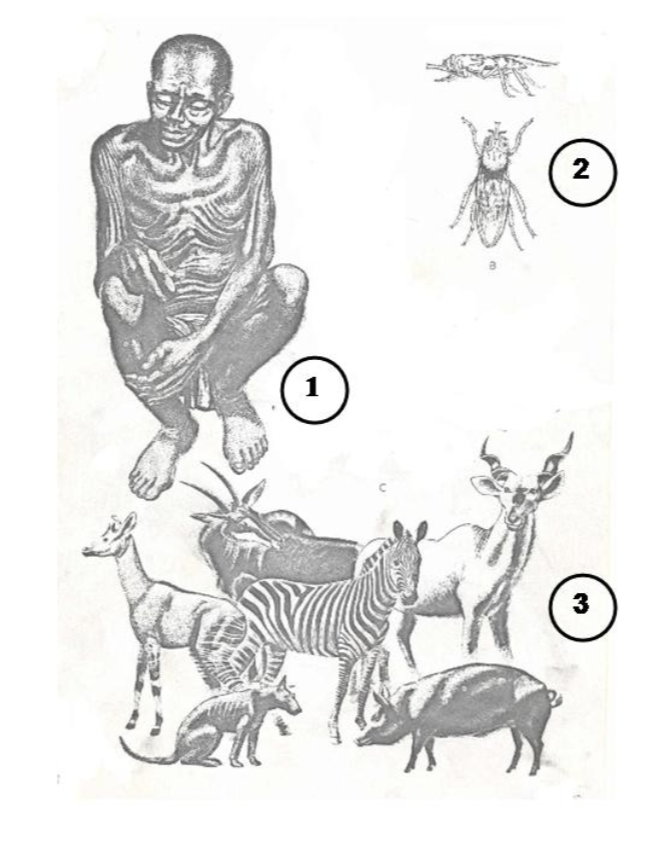
what parasite?
disease?
vector?
location?
Trypanosoma rhodesiense
sleeping sickness
causes weakness
Glossina morsitans (tsetse fly)
East Africa
buffalo
warthog
savannah animals
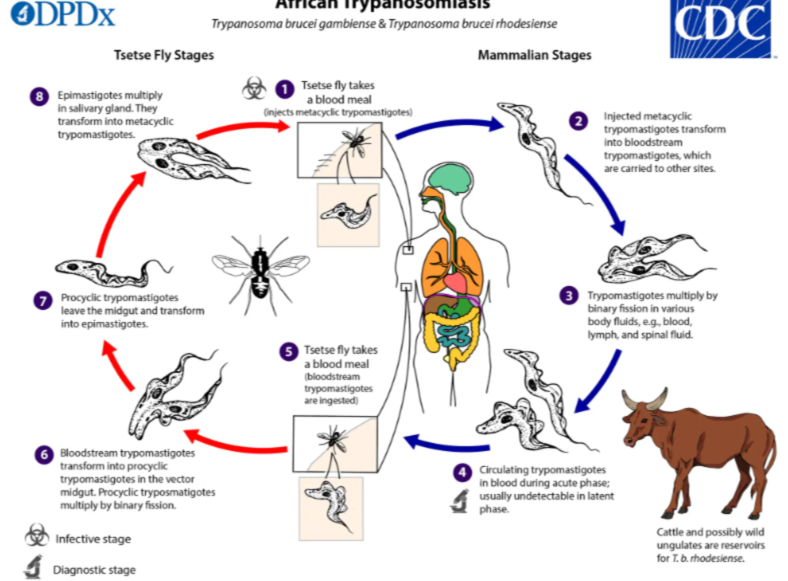

parasite, vector, cardinal sign, location
A) Trypanosoma cruzi
Triatoma infestans
chagas disease/ chagoma
edema at the bite site
Romanas sign
South America/ Mexico
B) Leishmania braziliensis
Lutzomyia (sandfly)
mucocutaneous leishmaniasis
Brazil, Chile
C) Leishmania donovani
Phlebotomus
Kala-azar
Hepatosplenomegaly
Middle East, East/Central Africa
D) Trypanosoma gambiense
African Trypanosomiasis
Glossia palpalis
Winterbottoms sign
swelling of the lymph nodes
E) Trypanosoma
Glossina rhodesiense
African trypanosomiasis
african sleeping sickness
rhodesiense
East Africa

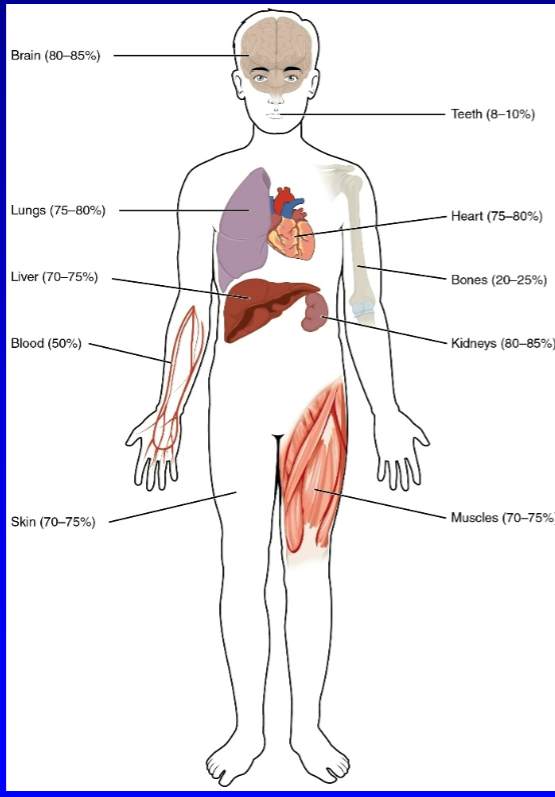
parasite lives in which organs
Brain: Naegleria fowleri trophs
Mouth: Entamoeba gingivalis trophs or Trichomonas tenax
Skin: Leishmania tropica
Liver/Spleen: Leishmania donovani
Blood: Trypanosoma gambiense
Eye: Ancathomeba spp.
granulomatous amebic
meningoencephalitis
Ear: Leishmania mexicana
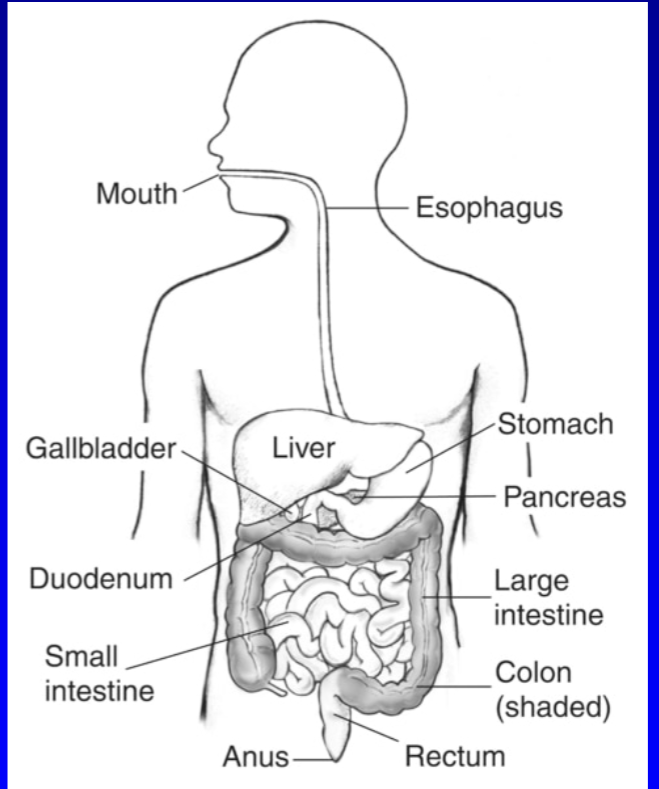
parasite lives in which organs
duodenum/small intestine: Giardia duodenalis trophs
large intestine: Endolimax nana or Diatomoeba fragilis
cecum: Iodamoeba butschlii or Chilomastix mesnili
vagina: Trichomonas vaginalis
Lympg nodes: T. b. gambiense
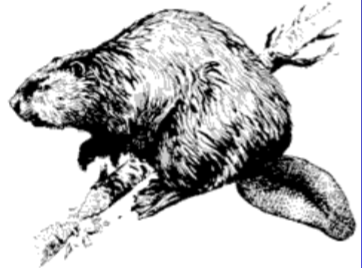
parasite, vector, location, disease
Giardia duodenalis
contaminated water
mountains/ mountain water runnoff
giardiasis

parasite, vector, location, disease
Iodeamoeba butschlii
endosommensal
contaminated water
France and Egypt
in large intestine

parasite, vector, location, disease
Leishmania donovani
Lutomyia/Phlebotomus (sandfly)
East/Central Africa, East India, Middle East,
Visceral Leishmaniasis

parasite, vector, location, disease
Endolimax nana
contaminated water
endosommensal
Africa, South America
tropical
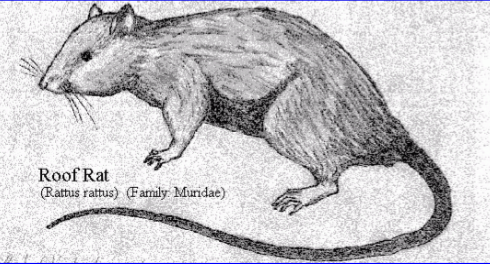
parasite, vector, location, disease
Leishmania mexicana
Lutzomyia
Mexico/ South America
chiclero ulcer
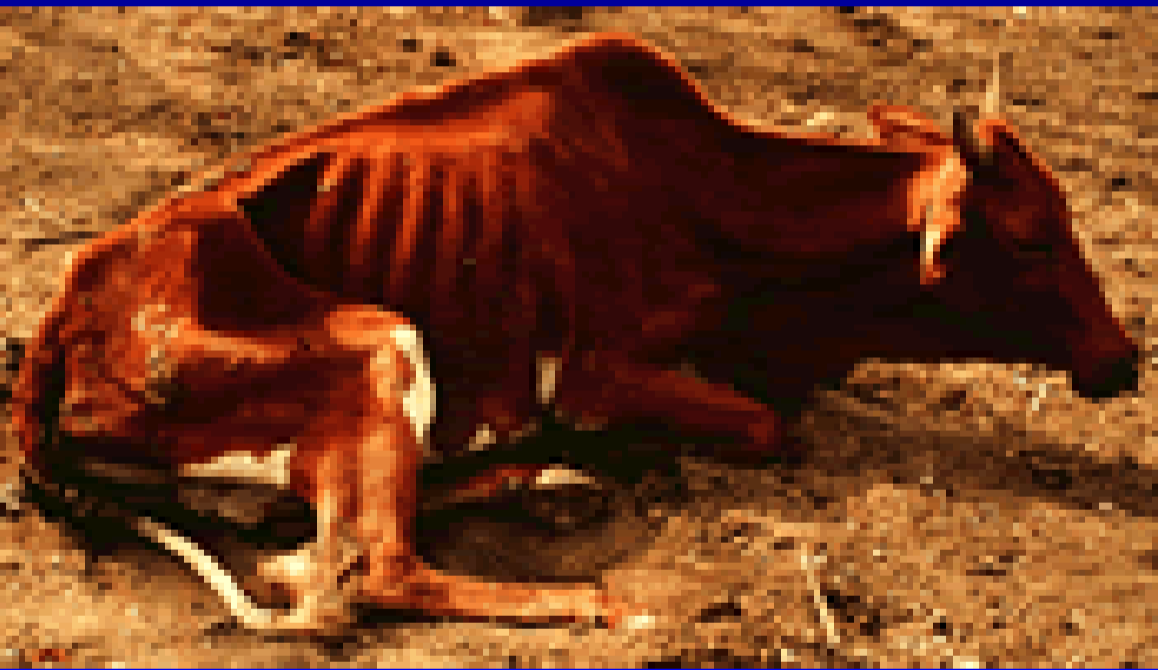
Nagana caused by T. b. brucei
T or F: Glossina morsitans is a savanna species.
True
T or F: Glossina palpalis is a river/lake species
True
What are the American Triatoma species
sanguisuga and gerstaeckeri
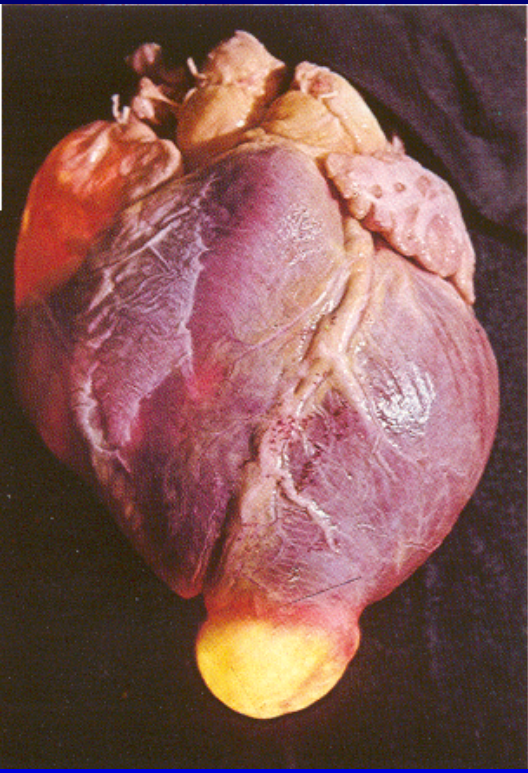
what parasite is this image associated with
T. cruzi

what parasite is Megaesophagus and Megacolon associated with
T. cruzi